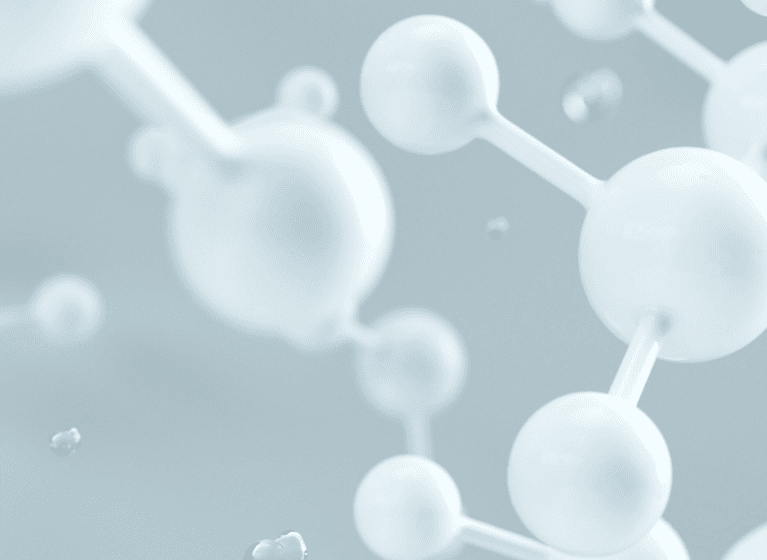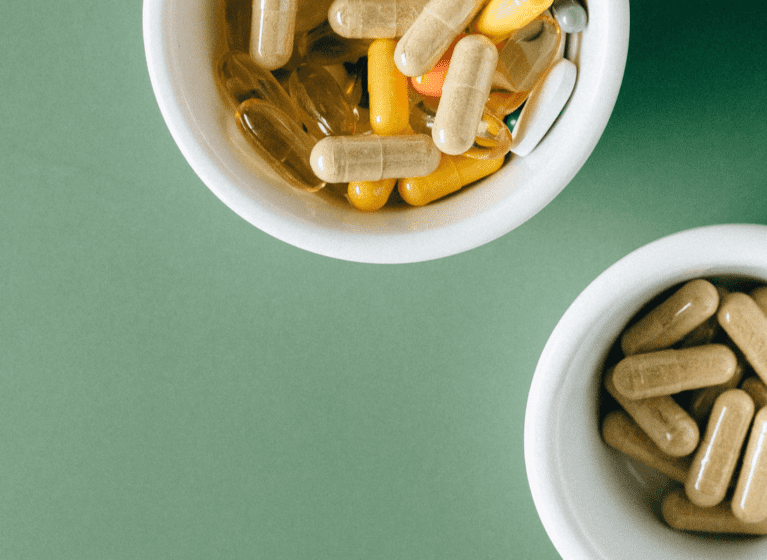In our first article in this series we considered patent term extension regimes in key jurisdictions as a means for extending the 20 year patent term. This next article considers market and data exclusivity provisions, which may also be relied upon to maximise the commercial life of a product that requires regulatory approval.
“Market exclusivity” refers to the period in which the recipient of the first regulatory approval for a product is granted an exclusive right to market the product.
“Data exclusivity” refers to the period in which certain information that has been provided to a regulatory authority for the purposes of obtaining regulatory approval, remains confidential, or cannot be relied upon by the regulatory authority or a third party in order to obtain regulatory approval of a follow-on product.
The data protected by data exclusivity regimes typically include the results of extensive and costly clinical trials. As such, data exclusivity can effectively block or significantly delay the launch of equivalent competitor products during the data exclusivity period, even in the absence of patent protection.
Data exclusivity is separate from other forms of intellectual property protection, such as the protection provided by patents. In some instances, the period of data exclusivity may extend beyond the term of any patent which protects the same product.
The following is a summary of the market and data exclusivity provisions in key jurisdictions. As will become apparent, not all jurisdictions provide for periods of both market and data exclusivity and the requirements for being able to rely on these provisions also differ considerably between jurisdictions.
1. United States
In the US, “exclusivity” provided by the Food and Drug Administration (FDA) generally refers to market exclusivity only, but may also have the effect of providing a period of data exclusivity.
(a) Exclusivity for new chemical entity (NCE) – small molecules
Up to 5 years of exclusivity are granted by the FDA in respect of a pharmaceutical product that contains an active moiety that has not previously been approved by the FDA.
The period of exclusivity commences on the date of the NDA (New Drug Application) approval.
The NCE Exclusivity provisions prohibit the FDA from accepting for review during the period of exclusivity, any ANDA (Abbreviated New Drug Application) or application under s 505(b)(2) for a drug containing the same active moiety. (Ostensibly, this is a prohibition on the acceptance of any application for regulatory approval for a generic product, or any application that relies upon data that has not been obtained or provided by the applicant).
The period of exclusivity is:
- 4 years if an ANDA or s 505(b)(2) application contains a certification that any patent relevant to the pharmaceutical product is invalid or is not infringed by the generic product; or
- 5 years if an ANDA or s 505(b)(2) application does not contain a certification that any patent relevant to the pharmaceutical product is invalid or is not infringed by the generic product
(b) Orphan Drug Exclusivity (ODE)
A period of 7 years of market exclusivity is provided by the FDA in respect of pharmaceuticals that are designated and approved to treat diseases or conditions affecting fewer than 200,000 individuals in the US (or more than 200,000 and no hope of recovering costs).
The period of exclusivity commences on the date of approval of the NDA (New Drug Application) or BLA (Biologics Licence Application).
Orphan Drug Exclusivity prevents the FDA from approving any other application for the same drug for the same orphan disease or condition. (This includes any ANDA, any s 505(b)(2) application or any “full” NDA or BLA).
(c) “Other” Exclusivity (New clinical investigation)
A three year period of exclusivity may be granted in respect of a pharmaceutical product for which regulatory approval was obtained, where the FDA had previously provided regulatory approval of another pharmaceutical product containing the same active moiety. (In other words, a shorted period of three years exclusivity is provided where the NDA does not relate to a new chemical entity, including where approval is required for a new indication, where the NDA relates to a combination product, or where approval is required for a change in the pharmaceutical product).
A three year exclusivity period is granted by the FDA when an application or supplement contains reports of new clinical investigations (other than bioavailability) conducted or sponsored by the applicant.
During the three year period of exclusivity, the FDA must not approve any ANDA or s 505(b)(2) application that relies on the information provided to the FDA supporting the approval of the pharmaceutical product.
(d) Exclusivity for paediatric indications
An additional 6 month period of exclusivity is provided when the sponsor of a drug conducted and submitted pediatric studies on the active moiety in response to a Written Request from the FDA.
The 6 month period of Pediatric exclusivity can attach to any of the NCE, ODE or “Other” exclusivity periods identified items a) to c) above, and to the period at item g) below.
The additional 6 months period of market protection attaches to period of existing exclusivity, but in addition, to the term of all existing patents relevant to the active moiety in the product.
(e) Generating Antibiotic Incentives Now (GAIN) Exclusivity
An additional 5 year period of exclusivity is provided by the FDA for products that are granted a QIDP (Qualified Infectious Disease Product) designation.
(f) First generic exclusivity (180-day Exclusivity)
A period of exclusivity is also provided by the FDA the first applicant of an ANDA for approval of a generic pharmaceutical product.
A company may seek approval, under certain provisions under US law, to market a generic drug before the expiration of a patent relating to the innovator drug. The first company to submit an ANDA to the FDA has the exclusive right to market the generic drug for 180 days.
The 180-day exclusivity provisions provides an incentive of 180 market exclusivity for the first generic applicant who challenges a listed patent. For example by filing a paragraph IV certification in the ANDA) or runs the risk of having to defend a patent infringement suit.
The 180 day period of exclusivity commences on the day that the commercial marketing of the first generic product begins, or from the date that a court find a relevant patent invalid, unenforceable or not infringed (whichever date is earliest).
(g) Exclusivity for biologics: Reference product exclusivity
Reference product exclusivity is the period of time during which a biosimilar applicant (ie a sponsor submitting a 351(k) application) is not permitted to submit and the FDA is not permitted to license a 351(k) application that refers to a reference product.
A reference product is deemed to be the single biological product licensed by the FDA (under section 351(a) of the PGS Act), under which a proposed biological product is evaluated in a biosimilar application (a 351(k) application).
The period of exclusivity extends from the date of first licensure of the reference product.
Approval of a 351(k) application may not be made by the FDA until 12 years from the first licensure of the reference product (plus any additional 6 month period for pediatric indication). A 351(k) application may not be submitted to the FDA for review until 4 years after the date of first licensure.
For more detailed information on exclusivity provisions in the US, please see the following:
- USFDA Note on Patents and Exclusivity
- USFDA FAQ Patents & Exclusivity
- USFDA Draft Guidance for Industry Product Exclusivity Biological Products
2. Europe
In addition to periods of data exclusivity, the European Medicines Agency (EMA) also provides for periods of market exclusivity. Market exclusivity refers to a period where a party wishing to sell a follow-on product is prohibited from doing so, even if regulatory approval has been obtained.
a) Data exclusivity
Current European regulations provide 8 years of data exclusivity for pharmaceutical products. The period of exclusivity commences from the first marketing authorisation date and relates to the preclinical tests and clinical trials on a medicine that are provided to the EMA to obtain first regulatory approval of a product.
During the period of data exclusivity, a third party wishing to obtain regulatory approval of a biosimilar or generic product, may not rely on the data submitted to the EMA in respect of the regulatory approval of an originator product.
b) Marketing exclusivity
The 8 year data exclusivity period referred to at a) above, is followed by a 2 year market exclusivity period. Ostensibly, this provides the innovator company with a 10 year period from the time of obtaining regulatory approval wherein market entry of a competitor is prohibited.
There are no difference between the data and marketing exclusivity periods provided to small molecule pharmaceuticals or biologic pharmaceuticals under the provisions of the EMA.
c) Extra market protection
The cumulative 10 year period (8 years’ data exclusivity plus 2 year marketing exclusivity) may further be extended by 1 year for certain new indications that are demonstrated to provide additional clinical benefit over previous indications. This is often referred to as “extra market protection”.
The 1 year extra market protection can be obtained if approval for a new indication is obtained during the initial 8 year period and:
- there are no existing therapies for that indication; or
- there are existing therapies for that indication, but there is a significant clinical benefit to using the drug for which the extra market protection is sought.
d) Orphan designation
The EMA assigns orphan designation to a pharmaceutical product that is approved for the treatment of:
- a rare condition, where < 5 individual in 10,000 are at risk of the condition; and
- the condition is serious (ie life threatening or chronically debilitating).
The period of market exclusivity for an orphan designated pharmaceutical product is 10 years (rather than 8 years of data exclusivity plus 2 years marketing exclusivity if no orphan designation). This means that a competitor cannot rely on any information submitted to the EMA in respect of the regulatory approval of a follow-on product, until 10 years after the initial marketing approval of the originator product.
Market exclusivity is extended by a period of 2 years if the orphan designation also relates to a Paediatric indication.
The market exclusivity provisions in respect of pharmaceuticals with orphan designation run in parallel with the data and marketing exclusivity provisions for other pharmaceuticals.
For more information on market and data exclusivity in Europe, please see:
3. Japan
There are no data or marketing exclusivity provisions for pharmaceutical products in Japan. However, the effect of post market pharmacovigilance provisions is to ostensibly act as a data exclusivity provision and prevent any generic from coming onto the market during the Post Marketing Surveillance period.
Post Market Surveillance is a process whereby the Japanese regulatory authority (Pharmaceuticals and Medical Devices Agency) re-examines the safety and efficacy of new chemical entities and previously approved pharmaceuticals later approved for new indications.
The re-examination period lasts for between 4 to 10 years, during which time any data submitted to the regulatory authority by the drug sponsor which relates to the safety of the drug cannot be obtained by generic companies. It is not until after the conclusion of this period that a generic company is able to commence marketing of their product.
The re-examination period is 8 years for new chemical entities, and 4 years for new indications.
The re-examination period for orphan drugs is 10 years.
For more information on post-marketing surveillance in Japan, please see:
4. Australia
The period of data exclusivity is with respect to confidential information submitted to the Therapeutic Goods Administration (TGA) or the Australian Pesticides and Veterinary Medicines Authority (APVMA) by a first sponsor, for the purposes of obtaining regulatory approval of a new product containing a pharmaceutically active ingredient for human use, or products containing active ingredients for veterinary or agricultural use.
During the data exclusivity period, the confidential information provided to the TGA or AVPMA cannot be used by a third party, without the consent of the first sponsor.
The Therapeutics Goods Act (1989) provides that certain information is ‘protected’ if it meets the following criteria:
- the information concerns an active component (but not a device) which is contained in an application to register a therapeutic good;
- the information is not in the public domain and the sponsor has not given written permission for the Secretary to use the information;
- at the time the application for regulatory approval was lodged, no goods containing the active ingredient were (or had ever been) included in the ARTG; and
- the therapeutic good has been included in the Register for less than 5 years.
Under the Therapeutic Goods Act (“the Act”), the Secretary (of the ARTG) is prohibited from using information that is deemed protected under the Act, when evaluating therapeutic goods (ie other therapeutic goods) for registration in the ARTG. This is slightly different to the situation in other jurisdictions, such as Europe, where the data exclusivity provisions prevent the review or submission of any generic or biosimilar product during the relevant period. Under the Australian provisions, such regulatory approval may still be sought by a competitor during the data exclusivity period, however, the applicant may not rely on any confidential information provided to the TGA in support of the subsequent approval. (In other words, if a third party wishes to obtain approval of a generic or biosimilar product during the data exclusivity period, a full data package must be submitted to the TGA).
The period of data exclusivity is 5 years from the date a new product is registered under the Act.
Unlike the US and Europe, the Australian data exclusivity regime is restricted to confidential information associated with the registration of new chemical entities. Confidential information associated with the registration of new dosage forms, new routes of administration, new indications or combination products is not eligible for protection by data exclusivity provisions. The result of this is that the first applicant to register, for example, a new indication of a known drug, must rely solely on patent protection to block a competitor from entering the market.
There is currently no separate or additional period of data exclusivity for products which relate to biological pharmaceutical products, have paediatric indications or which have orphan drug status.
There are no additional provisions for market exclusivity in Australia.
Lastly, the protection provided by the Act can be lost if the confidentiality of the information is not maintained. For example, published clinical trial results may be used by a subsequent applicant seeking approval of an equivalent product (although, supporting a subsequent application solely by relying on information in the public domain is rare).
For more information on data exclusivity in Australia, please see:
- Section 25A(2) Therapeutic Goods Legislation Amendment Act 1998 and Section 25A Therapeutics Goods Act 1989
- TGA Approach to Disclosure of Commercial Confidential Information
The above is intended to provide a high level summary of market and data exclusivity provisions in various jurisdictions. We recommend consulting a practitioner qualified to practice in the relevant jurisdiction before making any decisions in relation to reliance on market or data exclusivity.



